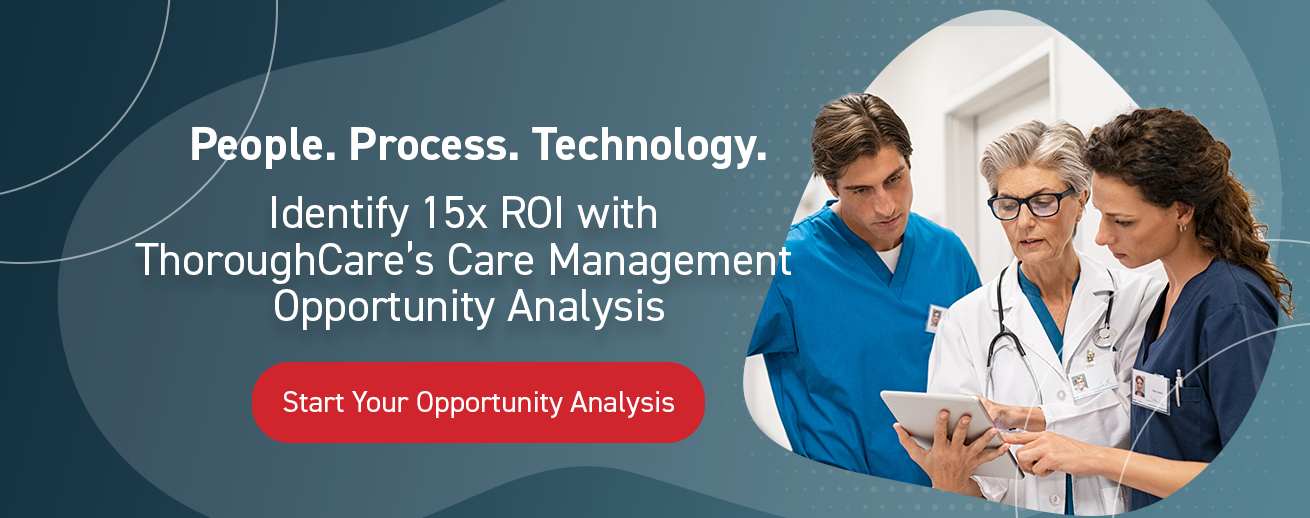Remote Patient Monitoring (RPM) | CPT codes
2025 Remote Patient Monitoring CPT Codes: 99457, 99453, 99454
What is Remote Patient Monitoring?
With Remote Patient Monitoring (RPM), providers can use physiological data to enhance chronic disease management. Covered by Medicare Part B, providers should learn what CPT billing codes are used for RPM in order to optimize care delivery and avoid denied claims.
RPM is covered for Medicare Part B patients with a small co-pay. This monthly program offers patients personalized care plans, continuous care team engagement, and informed condition management.
RPM is reimbursable under Medicare’s Physician Fee Schedule, paying various rates.
Remote Patient Monitoring CPT codes:
99457, 99453, 99454, and more
Remote monitoring CPT codes correspond to an exact activity, whether that be device setup or providing care services. The codes reflect different rates, each with its own restrictions.
Providers, on average, receive $47.87 for 20 minutes of service per patient per month (99457). Additional opportunities to meet higher billing thresholds are also available. For example, an additional $43.02 per month is billable when patients utilize their RPM device daily (99454).
Best practices: CPT codes 99453 and 99454
- CPT code 99453 (device setup): This can be claimed only once per device, and it cannot be billed more than once per month per patient. For example, if a patient receives two devices within the same calendar month, only one device can be billed for in that timeframe. The second device would be billable in the subsequent month.
- CPT code 99454 (device use): This can be claimed once per month per patient, no matter the number of devices employed by that patient. It should be billed in 30-day increments only if the patient takes at least 16 daily device readings that same month. These readings do not need to be taken on consecutive days.
It is important to note: CPT code 99454 (device use) can be billed every 30 days while codes 99457 and 99458 (program time) are calendar month codes. Aligning claims submissions for these codes is recommended.
We would suggest submitting all RPM-related claims together by calendar month.
How CMS determines RPM rates each year
Understanding how Medicare calculates physician reimbursement rates is at the center of answering how much Medicare pays for Remote Patient Monitoring. CMS calculates reimbursement rates for RPM services using a variety of factors, including:
- CPT billing codes – specific codes that reflect the complexity of patient needs and time spent
- Relative value unit (RVU) –reflects the relative time and intensity of each CPT code
- Annual conversion factor (CF) – used to calculate a national average fee
- Geographic practice cost index (GPCI) – adjusts the national average fee to reflect variation in practice costs across the US
The following graphic illustrates the Medicare PFS payment rates formula that is used to establish what physicians and other providers are paid.

Requirements for Medicare Remote Patient Monitoring
RPM is a telehealth program for Medicare Part B beneficiaries. Using digital devices, patients self-collect their physiological data and transmit this information to their provider. Care teams and physicians can then use this data to improve chronic condition management.
For instance, RPM has been shown to be beneficial for hypertension management. Payors are also now investing in RPM-like programs to promote value-based care models. During the pandemic, RPM proved to provide a cost-effective method to monitor and support care for many chronic illnesses.
Physicians are beginning to realize the many benefits that enable them to follow the patient's status and make necessary changes that deliver better condition management.
Any patient covered by Medicare Part B can enroll in RPM and receive 80% coverage. Many secondary insurances will make up the remaining cost.
RPM is billable monthly, considered from the first day through the last day of a month.
Remote Patient Monitoring devices
RPM devices must meet the Food and Drug Administration’s (FDAs) criteria for a designated medical device. These can include:
- Weight scales
- Blood pressure monitors
- Pulse oximeters
- Glucometers
- Heart rate monitors
- Thermometers
- Spirometers
As services for RPM are delivered through remote interactions, the appropriate device is provided to the patient and taken home. The device then collects daily readings which are transmitted digitally to the provider.
Remote Patient Monitoring data
RPM data can include:
- Weight
- Blood pressure
- Blood glucose
- Heart rate
RPM data should be collected through a resource compliant with the Health Insurance Portability and Accountability Act (HIPAA), such as care coordination software.
Who can provide Remote Patient Monitoring?
RPM billing must be directed by a provider with an NPI number. However, clinical staff can administer most of the program, saving physician time and involvement. Eligible providers include:
- Physicians
- Physician assistants
- Nurse practitioners
- Certified nurse midwives
- Clinical nurse specialists
- Pharmacists
Submitting claims to Medicare
Five items are required when submitting a Medicare claim:
- CPT codes for each program you are managing for the patient
- ICD-10 codes tied to each of the conditions you are managing within that program
- Date of service
- Place of service (most often in-office or telehealth)
- National Provider Identifier (NPI) number
It is helpful to know the staff care coordinator assigned to a patient in case of an audit.
Four steps to bill for Remote Patient Monitoring
- Verify CMS requirements were met for each patient and device every month
- Submit claims to CMS monthly
- Send an invoice to patients receiving monthly RPM services
- Determine there are no conflicting codes that have been billed
Rural Health Clinics and Federally Qualified Health Centers can deliver Remote Patient Monitoring
CMS allows use of individual care management codes
The 2025 Final Rule says, “We believe the non-face-to-face time required to coordinate care is not captured in the RHC AIR or the FQHC PPS payment, particularly for the rural and/or low-income populations served by RHCs and FQHCs. Allowing separate payment for CCM services in RHCs and FQHCs is intended to reflect the additional resources necessary for the unique components of CCM services.”
This gives RHCs/FQHCs access to individual billing codes aims to improve payment accuracy and provide clarity about which services beneficiaries receive.
Transition period to billing care management codes
CMS is implementing a six-month transition period to enable qualified rural providers to update their billing systems and procedures. The transition is currently set to end on July 1, 2025; however, it could be extended further. Beginning January 1, 2025, RHCs and FQHCs may begin billing individual HCPCS/CPT codes if they so choose.
RPM with Chronic Care Management
Providers can offer RPM alongside Chronic Care Management (CCM).
Providers can use CCM to engage patients on a monthly basis between regular appointments. Delivered through remote interactions, either by phone or a telehealth platform, CCM is billable when at least 20 minutes are spent with the patient performing appropriate tasks.
CCM supports its own CPT billing codes, and these can be billed concurrently with RPM, supporting dual reimbursements. However, all CCM service and time requirements must be met separately from RPM.
This is also the case for rural health clinics and federally qualified health centers. These groups must use HCPCS code G0511, though.
Learn more about CCM billing codes here.
Revenue potential of Remote Patient Monitoring
For healthcare organizations, care management programs can drive revenue and support cost savings. Below is a general example of how reimbursement for a RPM program could add up.

The final figure does not include billable time beyond the 20-minute minimum, but additional time would increase revenue for your practice.
For example, CPT code 99458 is utilized for additional increments of 20 minutes after the initial 20-minute minimum has been met. It is an add-on code to 99457 and can be billed in unlimited 20-minute increments each month with reimbursement averaging $38.49 each time billed.
As long as the patient is provided with an RPM device, CPT code 99453 can be utilized once per device per patient to help offset device reimbursement.
In addition to creating practice revenue, RPM programs broaden patient care access and can prevent emergency situations through daily monitoring.
RPM promotes value-based care
RPM programs offer additional provider benefits, beyond direct reimbursement. They can be optimized to report data, engage and motivate patients, and meet specific quality metrics key to value-based care.
RPM enhances patient engagement and improves care coordination. Personalized care planning can be used to establish and track SMART goals, or identify social determinants of health.
Patients benefit from enhanced engagement, as well as access to a care manager. They have a monthly check-in to ask questions, discuss conditions, and access resources.
A RPM program can generate significant revenue just by billing certain CPT codes. However, elements of the program, especially within a larger healthcare system, can also promote a value-based care model.
ThoroughCare simplifies Remote Patient Monitoring
ThoroughCare gives providers the tools and support to make Remote Patient Monitoring effective.
We help providers, based on their specific needs, build Remote Patient Monitoring programs or scale existing services. ThoroughCare supports a comprehensive software platform, clinical expertise to optimize workflows and assistance with data and reporting for quality improvement.
We simplify the process, so providers can focus on engaging patients. ThoroughCare offers:
- Use of more than 400 RPM devices for seamless data collection
- Analytics to report on care performance and operations
- Comprehensive care planning tools
- Evidence-based assessments (lifestyle, health risks, behavioral conditions, SDOH)
- Automated billing code assignment with audit trail
- Data integration across EHRs, HIEs, and advance care plans
*Reimbursement rates are based on a national average and may vary depending on your location.
Check the Physician Fee Schedule for the latest information.


.jpg)


